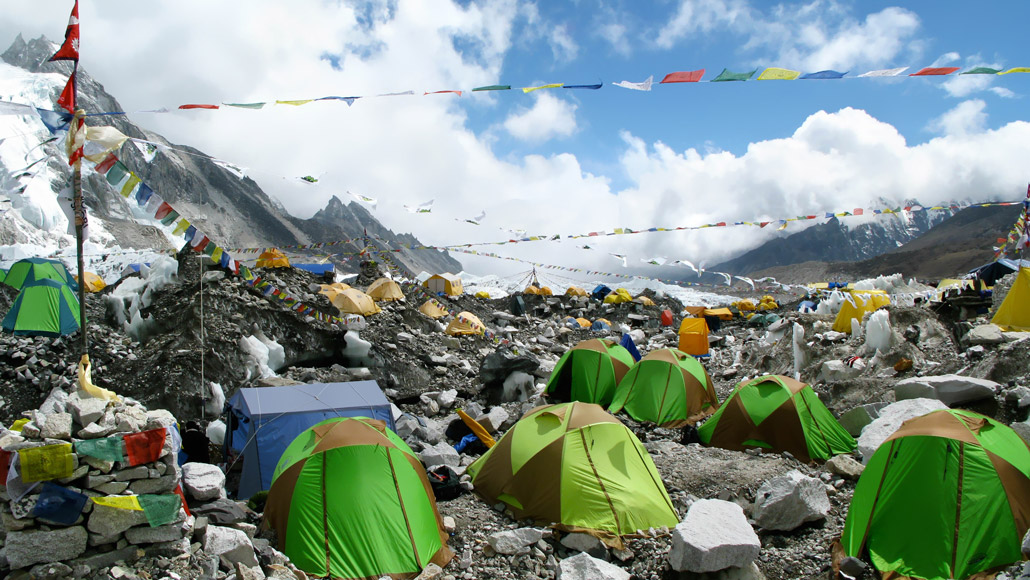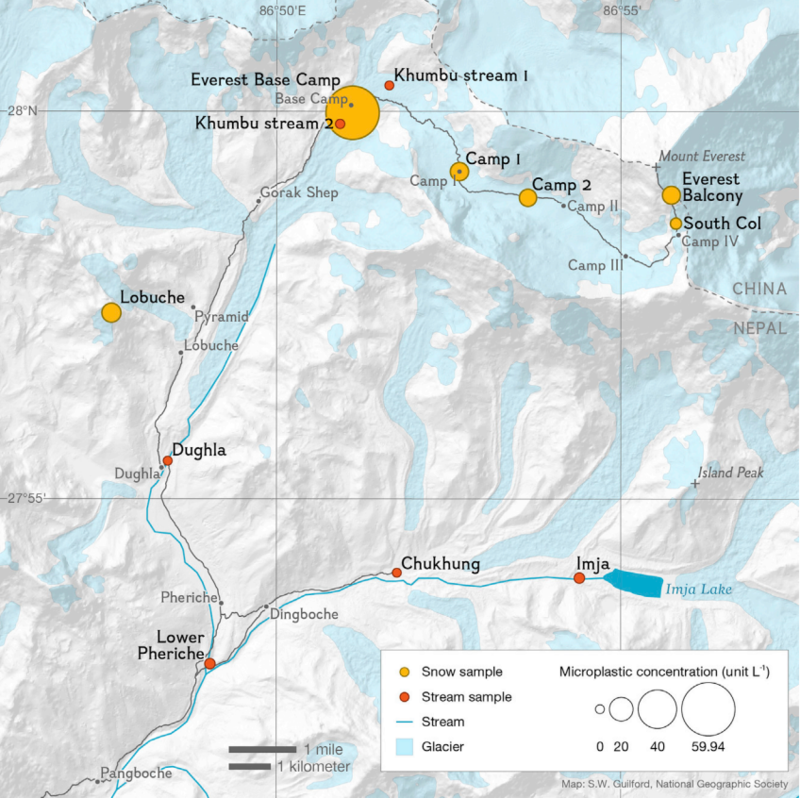concentration: (in chemistry) A measurement of how much of one substance has been dissolved into another.
data: Facts and/or statistics collected together for analysis but not necessarily organized in a way that gives them meaning. For digital information (the type stored by computers), those data typically are numbers stored in a binary code, portrayed as strings of zeros and ones.
factor: Something that plays a role in a particular condition or event; a contributor.
fiber: Something whose shape resembles a thread or filament. (in nutrition) Components of many fibrous plant-based foods. These so-called non-digestible fibers tend to come from cellulose, lignin, and pectin — all plant constituents that resist breakdown by the body’s digestive enzymes.
marine: Having to do with the ocean world or environment.
microplastic: A small piece of plastic, 5 millimeters (0.2 inch) or smaller in size. Microplastics may have been produced at that small size, or their size may be the result of the breakdown of water bottles, plastic bags or other things that started out larger.
plastic: Any of a series of materials that are easily deformable; or synthetic materials that have been made from polymers (long strings of some building-block molecule) that tend to be lightweight, inexpensive and resistant to degradation.
pristine: An adjective referring to something that is in original or near-original condition. It means something is somewhat old but in a seemingly “untouched” or unaltered condition.
range: The full extent or distribution of something. For instance, a plant or animal’s range is the area over which it naturally exists. (in math or for measurements) The extent to which variation in values is possible. Also, the distance within which something can be reached or perceived.
sea level: The overall level of the ocean over the entire globe when all tides and other short-term changes are averaged out.
summit: (in geology) The uppermost part of a mountain or hill, or (verb) the act of climbing and reaching that uppermost point. (in public policy) A meeting between officials of some organization or governments, often with the goal of negotiating new rules, policies or treaties.









